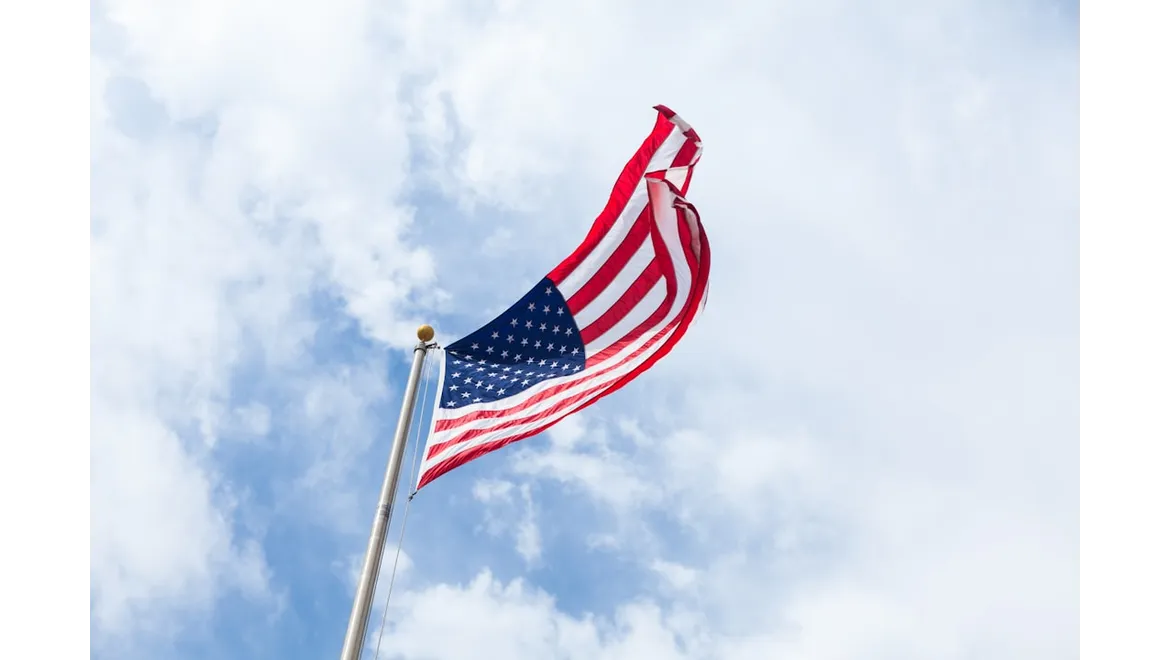As the July 4th weekend rolled around this year, seasoned SEO analyst Michael Carrington found himself navigating another wave of surprising Google Search ranking volatility. This wasn’t the first time he’d seen such fluctuations, and his experience provided a fascinating glimpse into the ever-evolving world of search engine optimization.
“Surprise, surprise, it was another weekend, and we again saw more than usual ranking volatility from Google Search,” Michael remarked with a wry smile. We were sitting in his modest, well-organized home office, surrounded by multiple screens displaying real-time SEO analytics. “It reminds me of the weekend ranking bug Google had late last year into early this year. But who knows? Maybe it’s just a ranking system that shuffles things up for weekend searchers.”
Michael had been monitoring the SEO chatter closely. “Starting the Friday before the weekend and going through the weekend, like the past several unconfirmed updates, this one seemed to kick off on July 5, 2024. There was a noticeable spike in chatter across various forums, and some of the tools picked up on the Google Search volatility over the past couple of days.”
As we delved deeper, Michael shared his observations from the various rank tracking tools he used. “Tools like Advanced Web Rankings, Cognitive SEO, and SEMrush all showed heightened activity around July 4th, 5th, and 6th. It’s pretty clear that something significant was happening.”
The SEO community’s response was a mixed bag of concern and curiosity. “I am seeing enormous drops of around 60% in traffic to some of my most important category pages this week,” one SEO professional had lamented on WebmasterWorld. Michael nodded in agreement, recounting how similar issues had affected his own clients. “Upon further inspection, it’s happening on the pages where Google has added one huge AI snippet result at the top, followed by a huge image block, a People Also Ask and Things to Know block, and sponsored ads. Even though some of these pages are ranking #1 to #3, the traffic is dropping off completely.”
He shared another instance, “In one case, an article that had consistently been pulling in traffic suddenly saw an 81% drop. The reason? The article was now being used for the AI snippet at the top of the results. The link to the site is there, but apparently, nobody clicks on it despite the top placement.”
Michael’s own analytics mirrored these community concerns. “Yesterday, there was a 50% drop, and today, there are practically no visitors to my site. It felt like being kicked out of the index,” he said, shaking his head. “It’s hard to explain, but it seems like this volatility is a recurring theme, especially around major holidays.”
Interestingly, not all the feedback was negative. Michael pointed out, “Some SEOs reported positive changes. One noted that page views were up 23% and unique visitors up 16%. However, they couldn’t attribute the increase to Google, as Google traffic was only 29% of the unique visitors total, compared to 35% for the last 30 days.”
The fluctuations were perplexing. “Clearly, something was going on this weekend,” Michael mused. “The holiday slump doesn’t end, and the search results after July 4 were pretty much trash for some.”
As our conversation drew to a close, Michael reflected on the broader implications of these fluctuations. “Sometimes, it’s hard to weed out holiday traffic drops, which can be normal, versus ranking changes that are associated with traffic improvements or declines. This weekend’s volatility has me wondering if we’re seeing the Google weekend ranking bug again or if this is just normal patterns.”
One thing was clear: the world of SEO remains as unpredictable as ever, and professionals like Michael Carrington continue to navigate its complexities with a mix of expertise, curiosity, and resilience.
George Martin











